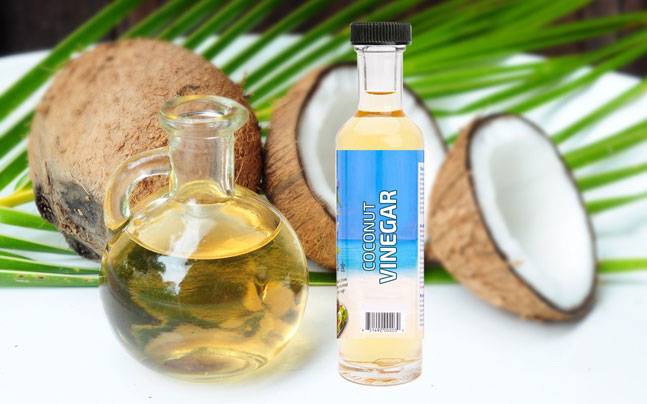
The coconut palm is grown under varying climatic and soil conditions. It is essentially a
tropical plant, growing mostly between 20° N and 20° S latitudes. The ideal mean temperature
for coconut growth and yield is 27±5°C and relative humidity more than 60 per cent. Very high
humid conditions right through the growth of palms is not considered good. The coconut palm
grows well up to an elevation of 600 m above mean sea level. However, near the equator,
productive coconut plantations can be established up to an elevation of about 1000 m above
mean sea level. The palms tolerate a wide range in intensity and distribution of rainfall.
However, a well distributed rainfall of about 2000 mm per year is the best for proper growth
and high yield. In areas of inadequate rainfall and uneven distribution, irrigation is needed.
The palm requires plenty of sunlight and it does not grow well under shade or in too cloudy
regions. About 2000 hrs of sunshine in a year is considered necessary for the healthy growth
of the palm. The natural habitat of coconut is the coastal belt of the tropics where sandy
and red sandy loam soils are predominant. The cultivation of coconut has slowly extended
to inland areas, even to the hill tops, having varied soil conditions. It grows well in almost
all types of soils including sandy, laterite, swampy, alluvial, black and saline soils, provided
they have proper drainage system, permitting unrestricted root development, aeration and
absence of rock or a hard substratum within 2 m of the surface. It tolerates salinity and a wide
pH ranging from 5.0-8.0.



